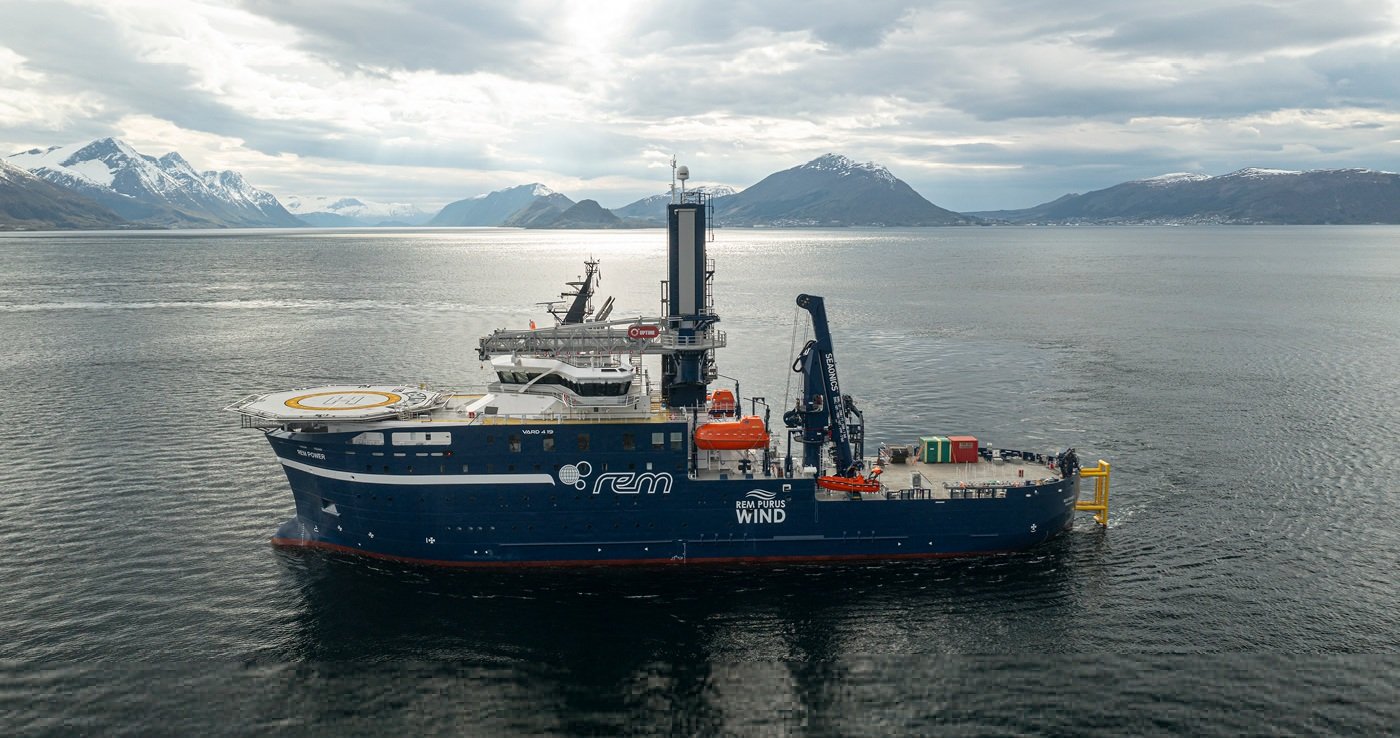On November 13, the “Changhang Huoyun 006”, the Yangtze River’s first 130-meter class methanol direct-push Sichuan River standard dry bulk carrier with a high substitution rate, invested by Changhang Shipping Co., Ltd. and built by Zhijiang Shengmao Shipbuilding, successfully returned to port after completing its full-process trial voyage. This marks a significant technological breakthrough for China in the application of clean energy for inland waterway vessels.
The “Changhang Huoyun 006” is a demonstration vessel developed under a national key scientific research project, designed and developed by Wuhan Changjiang Ship Design Institute Co., Ltd. This trial voyage comprehensively tested the ship’s various performance indicators, successfully verifying the overall performance of a four-stroke high-pressure methanol direct-injection methanol-diesel dual-fuel main engine applied in an inland waterway vessel. Trial data showed that the ship’s main engine operated stably and reliably, with a methanol substitution rate consistently above 90%. Key indicators such as the methanol safety system, vibration, and noise all met or exceeded design requirements, demonstrating excellent technological maturity.
This vessel is the first on the Yangtze River inland waterway to use a high-power methanol engine for propulsion. It is equipped with China’s first domestically developed high-substitution-rate medium-speed methanol engine from the 711 Research Institute. This engine type is the country’s first 1-2MW class medium-speed methanol fuel engine achieving a 90% methanol substitution rate, suitable for widespread application in /coastal ship propulsion systems and as generator sets for ocean-going vessels.
During a six-hour real-ship operational test, the 711 Research Institute’s trial team, covering engines, supply systems, vibration and noise reduction, and intelligent systems, conducted comprehensive measurements of key parameters under sailing conditions, including fuel consumption, shaft power, vibration, and noise. Data indicated that all measured metrics met design requirements, and the engine’s dynamic response performance in methanol mode was comparable to diesel mode. The methanol supply system and intelligent system, also designed and supplied by the 711 Research Institute, successfully completed the trial voyage simultaneously.
It is understood that the “Changhang Huoyun 006” has an overall length of 129.98 meters, a maximum deadweight capacity of 9600 tons, and a range of 3000 kilometers. It represents China’s new generation of 130-meter green intelligent Sichuan River standard ships. The vessel possesses five intelligent functions: navigation and /unberthing assistance, crew behavior monitoring, main and auxiliary engine health management, online ship energy consumption monitoring, and onboard data integration. It meets the Inland Green Ship -2 standard.
The ship utilizes a methanol dual-fuel engine with a comprehensive substitution rate exceeding 90%. If green methanol is used, it can reduce carbon emissions by over 90%. In case of unexpected situations, it can automatically switch to pure diesel mode, ensuring propulsion power and navigation safety. Considering the frequent significant fluctuations in international oil and natural gas prices due to changes in international relations, and China’s ample supply of methanol fuel—where the price is only 30-40% of diesel—the vessel’s annual fuel costs can be reduced by approximately 20% compared to traditional powered ships.
In terms of green and intelligent technology integration, the “Changhang Huoyun 006”, with its outstanding comprehensive performance, meets the requirements for the China Classification Society’s Smart Ship (Smart Engine Room, Smart Energy Efficiency, Smart Platform) notation standards. Its green ship rating achieves the highest inland waterway grade, “Green Ship -3”. This achievement not only reflects the progress of China’s ship design and construction technology but also sets a new benchmark for the application of new energy in inland waterway shipping.
The successful trial voyage of the “Changhang Huoyun 006” is a key practice in China’s inland waterway shipping industry actively implementing the “Dual Carbon” strategy. Methanol, as a clean and low-carbon fuel, when applied on a large scale in bulk carriers on the main Yangtze River trunk line, will significantly reduce ship carbon emissions, sulfur oxides, and particulate matter emissions, effectively contributing to the ecological and environmental protection of the Yangtze River Economic Belt.
In the future, the formal operational deployment of the “Changhang Huoyun 006” will provide a reliable pathway for the green upgrade of bulk transportation on the Yangtze River trunk line, promoting the accelerated transformation of inland waterway shipping towards high quality, low emissions, and intelligence, thereby contributing significant strength to the construction of China’s green shipping system and the achievement of the “Dual Carbon” goals.





